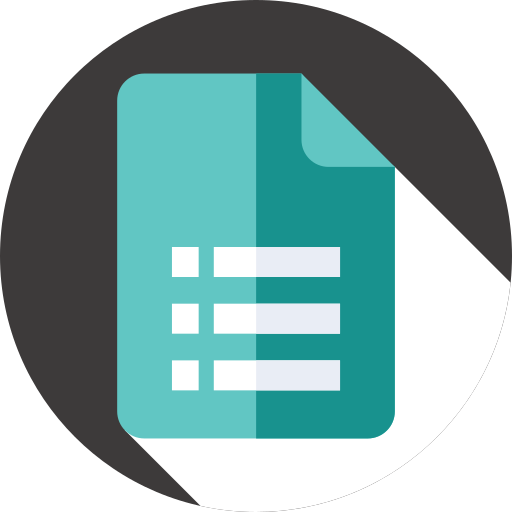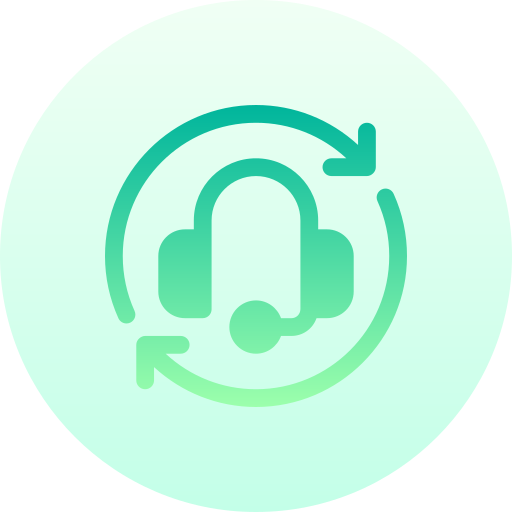Choosing the Best HR Tool for Education: 5 Things You Need to Know
28-Aug-2024
In the dynamic landscape of education, where administrative efficiency and effective management are key to success, choosing the right Human Resources (HR) tools can significantly impact an institution's ability to thrive
Whether you're a school administrator, faculty member, or involved in educational management, selecting the best HR tool requires careful consideration of several crucial factors. Here are five essential things you need to know to make an informed decision

1. Customization and Integration
One of the primary considerations when selecting an HR tool for education is its ability to be customized and integrated with existing systems. Education institutions often have unique requirements and workflows that standard off-the-shelf solutions may not fully accommodate. Look for a tool that allows customization of workflows, forms, and reporting functionalities to align with the specific needs of your school or university
Integration capability is equally vital, as it ensures seamless communication between different departments and systems. An HR tool that integrates well with existing student information systems (SIS), learning management systems (LMS), and payroll software can streamline operations and reduce administrative overhead. This integration not only enhances efficiency but also improves data accuracy and accessibility across the institution
2. Compliance and Security
Educational institutions handle sensitive information, including student records, financial data, and personal employee details. Therefore, any HR tool you choose must prioritize compliance with data protection regulations such as GDPR or HIPAA, depending on your location and institutional policies
Ensure that the HR tool offers robust security features, including data encryption, secure access controls, and regular updates to mitigate cybersecurity risks. Compliance with industry standards and regulations is non-negotiable to safeguard sensitive information and maintain trust within the educational community
3. User-Friendly Interface and Accessibility
Ease of use is critical for the widespread adoption and effective utilization of an HR tool across faculty, staff, and administrators. A user-friendly interface with intuitive navigation and a minimal learning curve ensures that employees can quickly adapt to the new system without extensive training
Accessibility is another key factor, especially in educational settings where stakeholders may need to access HR information remotely or on mobile devices. Look for a tool that offers responsive design and mobile compatibility, allowing users to perform tasks such as submitting leave requests, accessing payroll information, or updating personal details conveniently from anywhere.
4. Analytics and Reporting Capabilities
Effective decision-making in education relies on actionable insights derived from data. An ideal HR tool should offer robust analytics and reporting capabilities that provide administrators with real-time visibility into key metrics such as employee attendance, performance evaluations, training outcomes, and workforce demographics
Advanced reporting features allow for customizable reports and dashboards, empowering administrators to track trends, identify areas for improvement, and make informed strategic decisions. Whether it's analyzing faculty workload distribution or assessing the impact of professional development programs, analytics-driven insights enhance operational efficiency and support continuous improvement initiatives.
5. Support and Training
Implementing a new HR tool involves transition and adaptation for the entire institution. Comprehensive support and training from the software provider are crucial to ensure a smooth implementation process and ongoing success
Look for a vendor that offers responsive customer support, including access to a dedicated account manager or help desk for troubleshooting and resolving issues promptly. Training resources such as user manuals, video tutorials, and webinars should be readily available to educate staff on using the HR tool effectively and maximizing its functionalities.
Furthermore, consider the availability of ongoing updates and maintenance support from the vendor to keep the HR tool aligned with evolving educational needs and regulatory requirements
Key Takeaways
Choosing the best HR tool for education requires careful consideration of customization, integration, compliance, usability, analytics capabilities, and support options. By prioritizing these factors and aligning them with your institution's specific needs and goals, you can ensure that the selected HR tool enhances administrative efficiency, promotes data security, supports informed decision-making, and ultimately contributes to the overall success of your educational institution.
Recent Posts

Impact of 2024 HCPCS Updates on Healthcare Providers
16-Aug-2024
The 2024 Guide to Employee Motivation
21-Aug-2024
7 Ways to Improve Performance Management at Your Company
23-Aug-2024
Choosing the Best HR Tool for Education: 5 Things You Need to Know
28-Aug-2024
Payroll Records: A Guide to Retention and Disposal
04-Sep-2024
AI Limitations Why Certain Jobs Will Always Require a Human Touch
09-Sep-2024
How the New HIPAA Rules Impact Reproductive Health Care Providers
13-Sep-2024
Best Strategies to Manage Toxic Employees and Boost Team Morale
20-Sep-2024
Top 7 Common Coding Errors That Trigger Audits and How to Prevent Them
26-Sep-2024
How OSHA is Involved in Mandating Protections for Employees
14-Oct-2024
FDA Software Classification Guidance
22-Oct-2024
Stay Ahead of FDA Inspections: Best Practices for Managing Form 483 Citations and Warning Letters
24-Oct-2024
Best Practices to Reduce Validation Effort and Costs
06-Nov-2024
Best Practices for Medical Device Software Validation and Risk Management
14-Nov-2024
Training Strategies to Comply with EEOC New Harassment Standards
14-Nov-2024
Guideline On Computerized Systems and Electronic Data in Clinical Trials
17-Dec-2024
What is Human Factor Engineering in Medical Terms?
17-Dec-2024
What is the Objective of Supervisor Training?
24-Dec-2024



